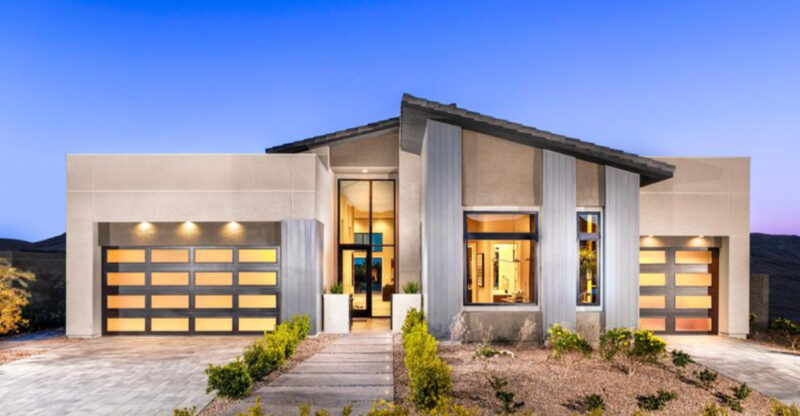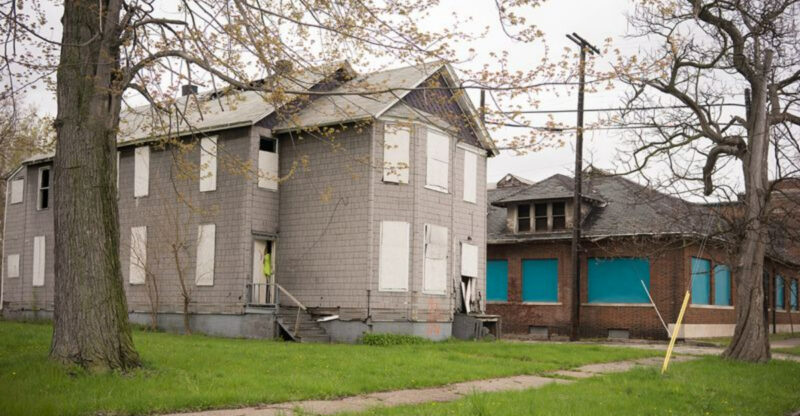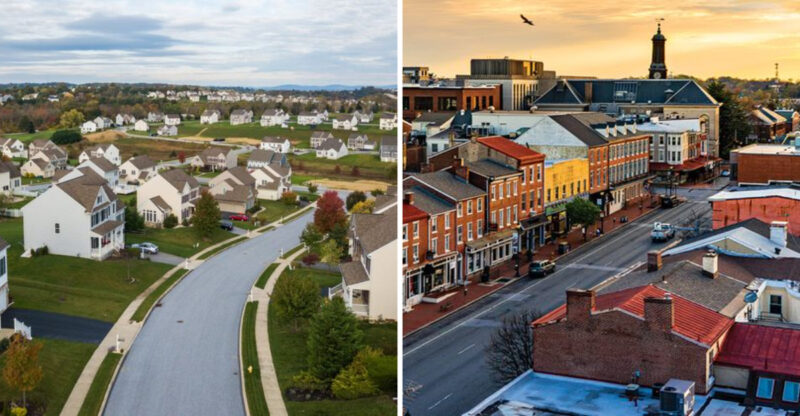11 Types Of Homes Expected To Plummet In Value By The End Of 2025 In Florida
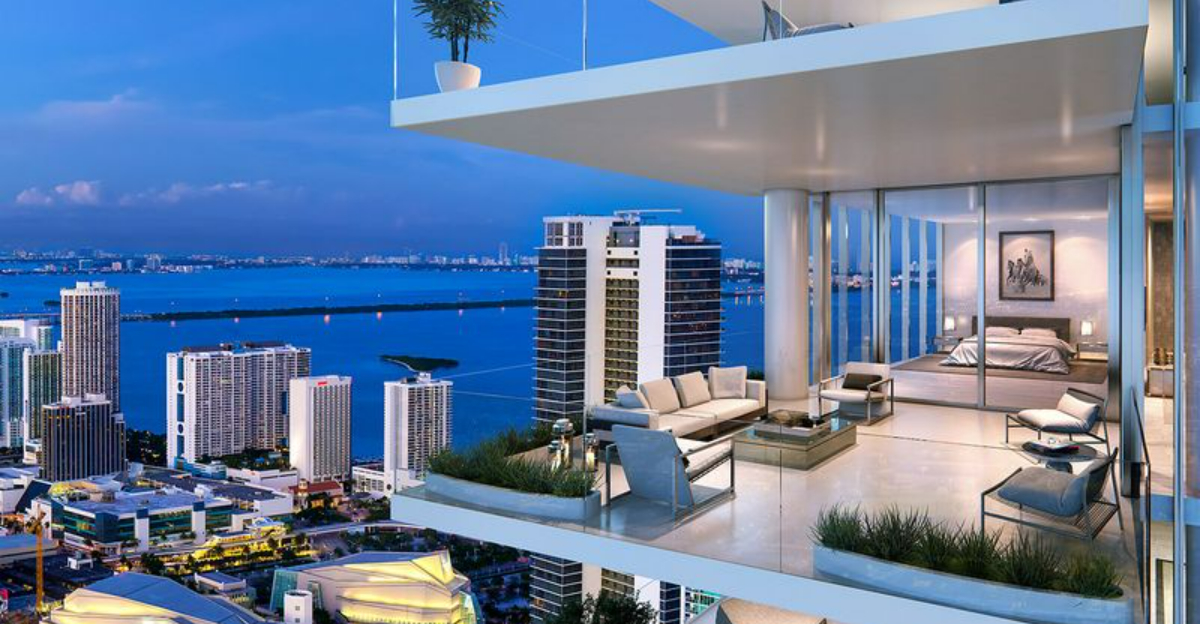
Florida’s real estate market is facing some rough waters ahead. Experts are predicting significant drops in property values for certain types of homes by the end of 2025.
If you own property in the Sunshine State or are thinking about buying, you’ll want to know which homes might lose their value soon.
1. Beachfront Properties in Erosion-Prone Areas

Rising sea levels and increasingly violent hurricanes are putting these once-premium properties on shaky ground. Insurance companies are hiking rates to astronomical levels or refusing coverage altogether.
Many owners are already struggling to keep up with the costs. Potential buyers are becoming more aware of the risks, leading to less demand and falling prices for these formerly hot commodities.
2. Older Homes Without Hurricane Reinforcements
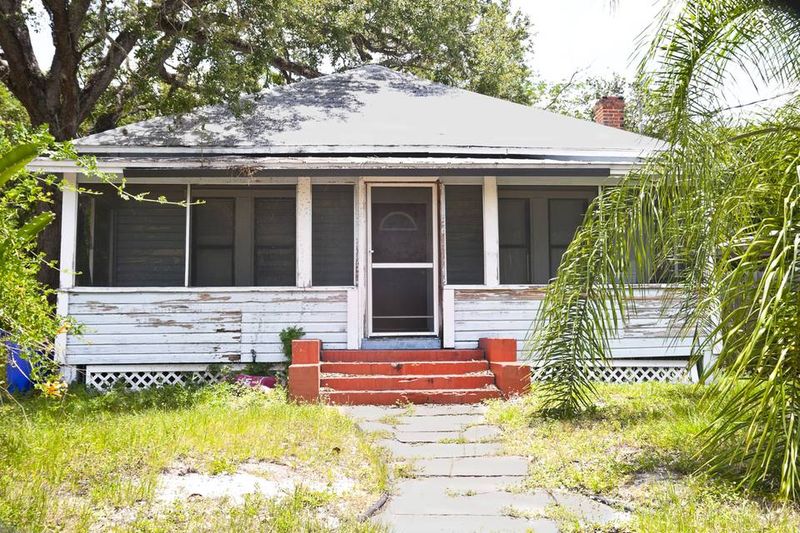
Gone are the days when older Florida homes had charm on their side. New building codes have created a two-tier market where pre-2002 constructions are increasingly viewed as liability magnets.
The cost to retrofit these homes with hurricane straps, impact windows, and reinforced roofs can exceed $50,000. Many buyers are simply walking away, preferring newer construction that already meets strict wind mitigation standards.
3. Homes in Flood-Prone Neighborhoods
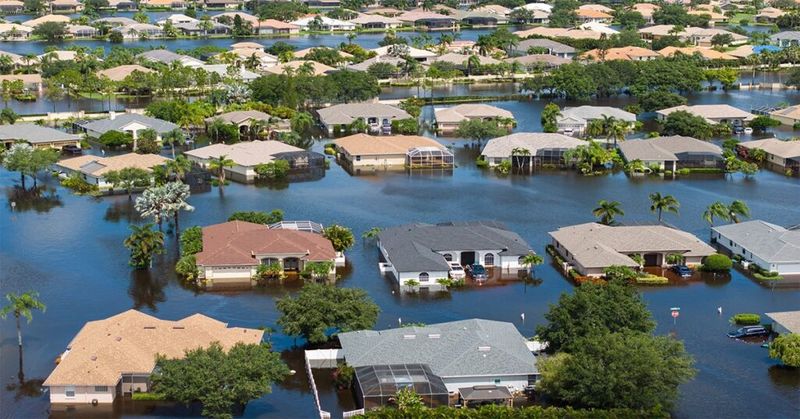
Water is becoming the enemy of property values in low-lying areas. Neighborhoods that once experienced occasional flooding now see it regularly, even during normal rainfall.
The financial burden is twofold: skyrocketing flood insurance premiums and costly repairs after each event. FEMA’s new Risk Rating 2.0 system has revealed the true flood risk for many properties, causing buyers to think twice about investing in these increasingly soggy areas.
4. Luxury High-Rise Condos in Oversaturated Markets
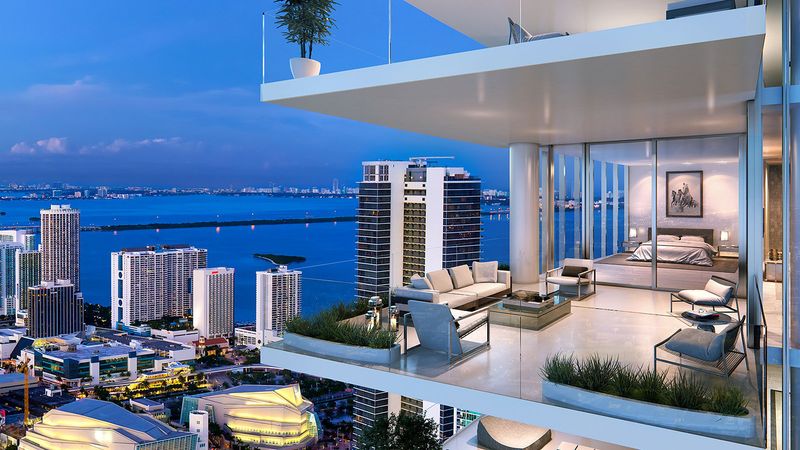
Miami’s skyline glitters with luxury towers, but too much of a good thing spells trouble. Developers have flooded certain markets with high-end units, creating fierce competition among sellers.
Foreign investment, which once propped up this market, has slowed significantly. The collapse of Champlain Towers South in Surfside has also triggered stricter regulations and higher association fees, making these properties less attractive to investors looking for steady returns.
5. Golf Course Communities
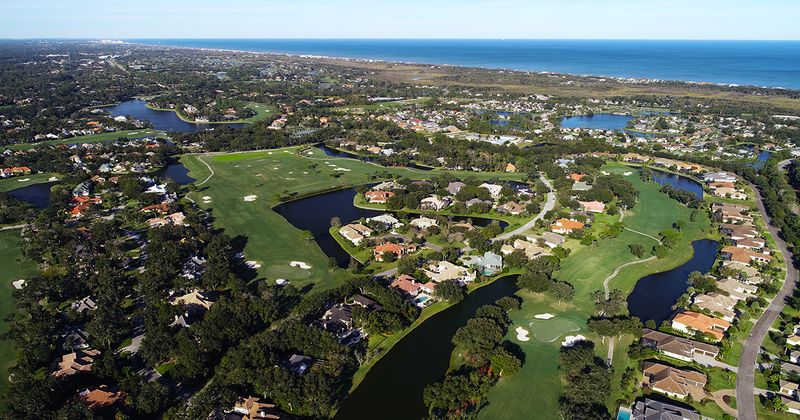
The fairway view premium is fading fast as younger generations show less interest in golf. Many courses are struggling financially, leading to reduced maintenance or even closures.
When courses close, those premium views can quickly become eyesores of overgrown grass. Some developers are converting golf courses to new housing developments, leaving homeowners who paid extra for golf course views feeling cheated and watching their property values sink.
6. Homes Near Algae-Plagued Waterways
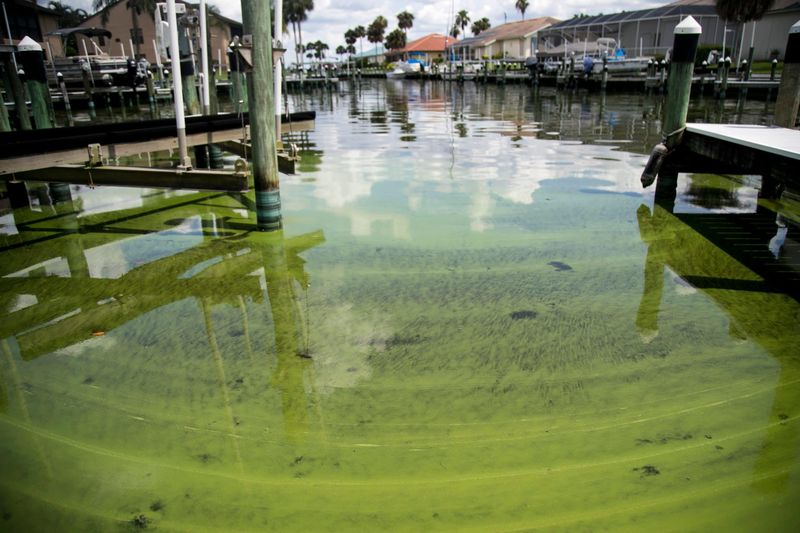
Florida’s water quality issues are turning waterfront dreams into nightmares. Properties along canals and lakes affected by toxic blue-green algae blooms are seeing dramatic drops in buyer interest.
The stench during blooms can be unbearable, forcing residents indoors. Health concerns about exposure to these toxins further dampen demand. What once commanded premium prices for water access now faces significant discounts as the ecological problems worsen year after year.
7. Vacation Rentals in Areas with New Restrictions
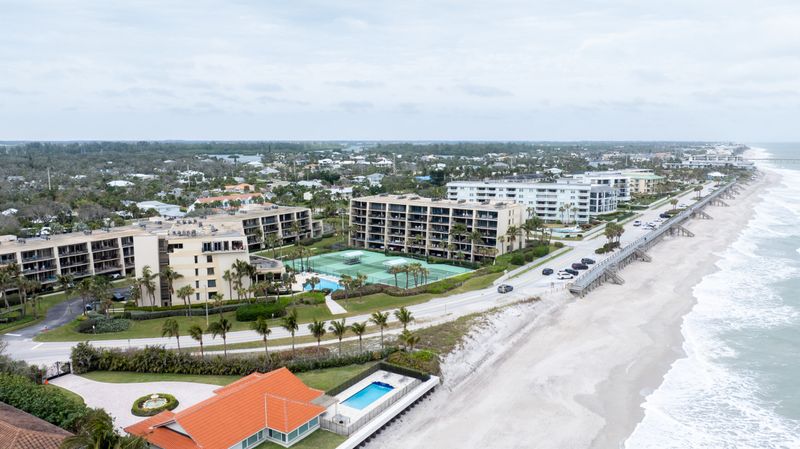
Short-term rental regulations are tightening across Florida communities. Properties purchased at premium prices specifically for Airbnb or VRBO income are suddenly finding their business model threatened.
New rules limiting rental frequency or minimum stay requirements can slash income potential overnight. Many investors overpaid during the post-pandemic travel boom, assuming rental income would justify the high purchase prices. Now they’re facing negative cash flow as regulations change.
8. Homes in High Property Tax Districts
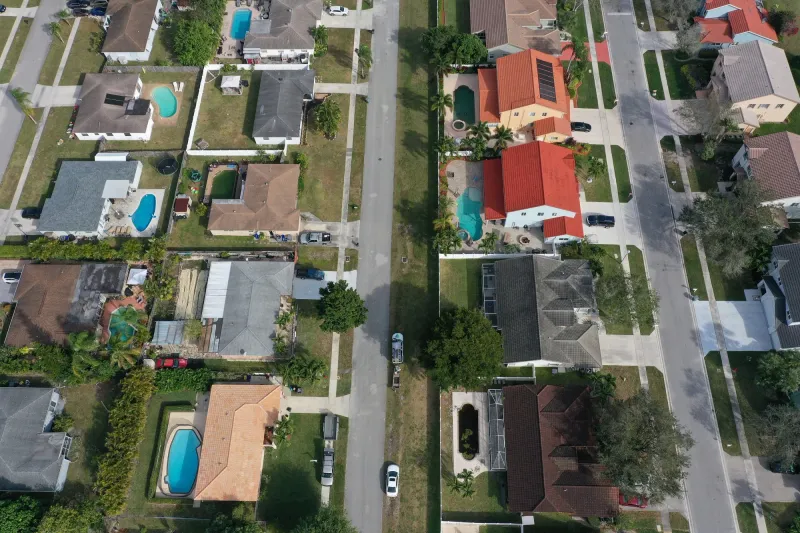
Property tax burdens are creating a perfect storm in certain Florida counties. Insurance premiums have doubled or tripled in recent years, making the total cost of ownership unaffordable for many.
Buyers are becoming more sophisticated about analyzing these carrying costs. Areas with both high insurance rates and steep property taxes are seeing demand cool significantly. Even modest homes in these districts are struggling to maintain value as the monthly ownership costs exceed comparable rentals.
9. McMansions in Distant Suburbs
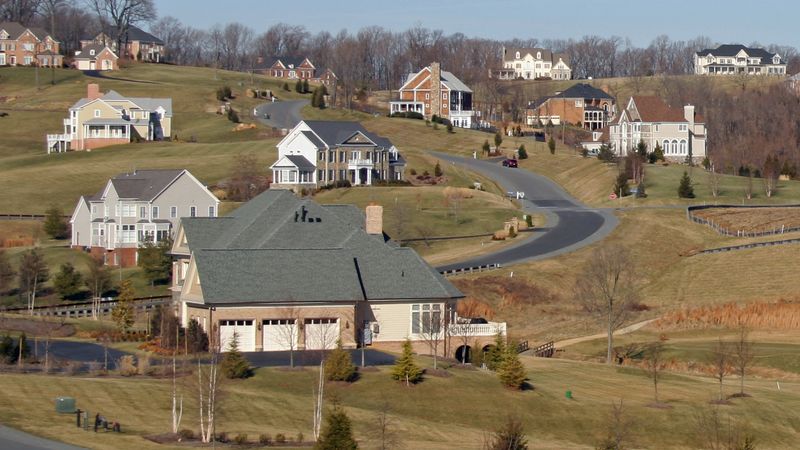
The work-from-home trend that drove people to far-flung suburbs is reversing. As more companies require office attendance, those massive homes an hour from employment centers are losing their appeal.
Rising gas prices and growing traffic congestion make the commute even more painful. Younger buyers also prefer smaller, more efficient homes closer to amenities. These oversized houses with their energy-inefficient designs and maintenance-heavy yards are increasingly seen as white elephants.
10. Homes in Areas with Depleting Aquifers
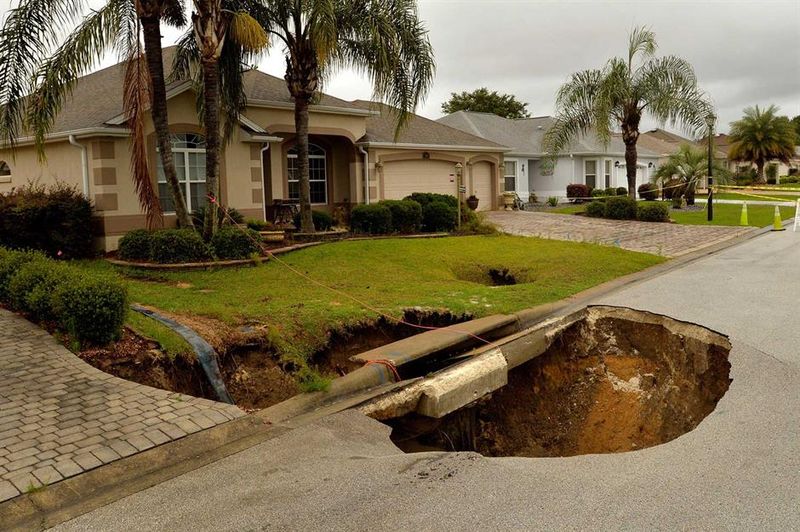
Water access is becoming a serious concern in parts of Florida where aquifer depletion is occurring. Properties in these areas are starting to see warning signs like sinkholes, well problems, and water restrictions.
Buyers are increasingly aware of water security issues. Environmental impact reports are highlighting areas at risk for saltwater intrusion and groundwater contamination. These water concerns are creating a new factor in property valuation that heavily disadvantages certain regions.
11. Aging Retirement Communities
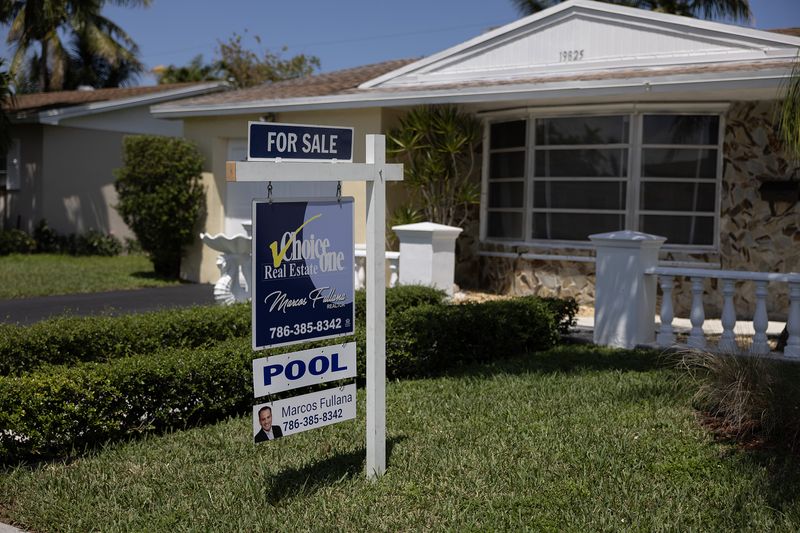
The original Florida retirement developments are facing a demographic cliff. Built for the Silent Generation and early Boomers, these communities often have outdated amenities and architectural styles that younger retirees find unappealing.
High association fees to maintain aging infrastructure further dampen demand. As the original owners pass away or move to assisted living, a glut of these properties is hitting the market simultaneously. The result is a buyer’s market with declining values in these once-popular retirement havens.

